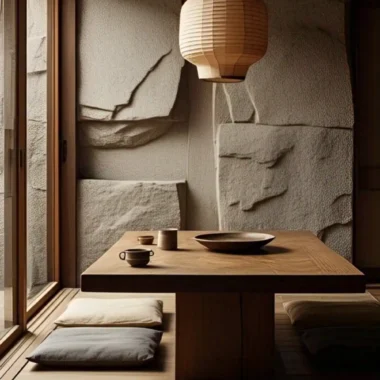Imagine walking into a living room where the air feels still, the palette soothes your eyes, and every object has a purpose. No clutter, no chaos — just calm. That, in essence, is the spirit of Japandi.
Japandi is more than just a design trend — it’s a lifestyle. A seamless fusion between Japanese Zen minimalism and Scandinavian functionality, Japandi brings out the best of both worlds. It celebrates the idea that less is more, but never sterile. That simplicity can still be warm, lived-in, and utterly inviting.
In this article, we’ll guide you through how to bring Japandi’s serene elegance into your living room — from essential design principles to curated furniture choices and subtle, sensory details. Whether you’re starting from scratch or simply decluttering what you already have, you’ll discover how Japandi can turn your everyday space into a haven of intentional calm.
Ready to breathe peace into your living room? Let’s get started.
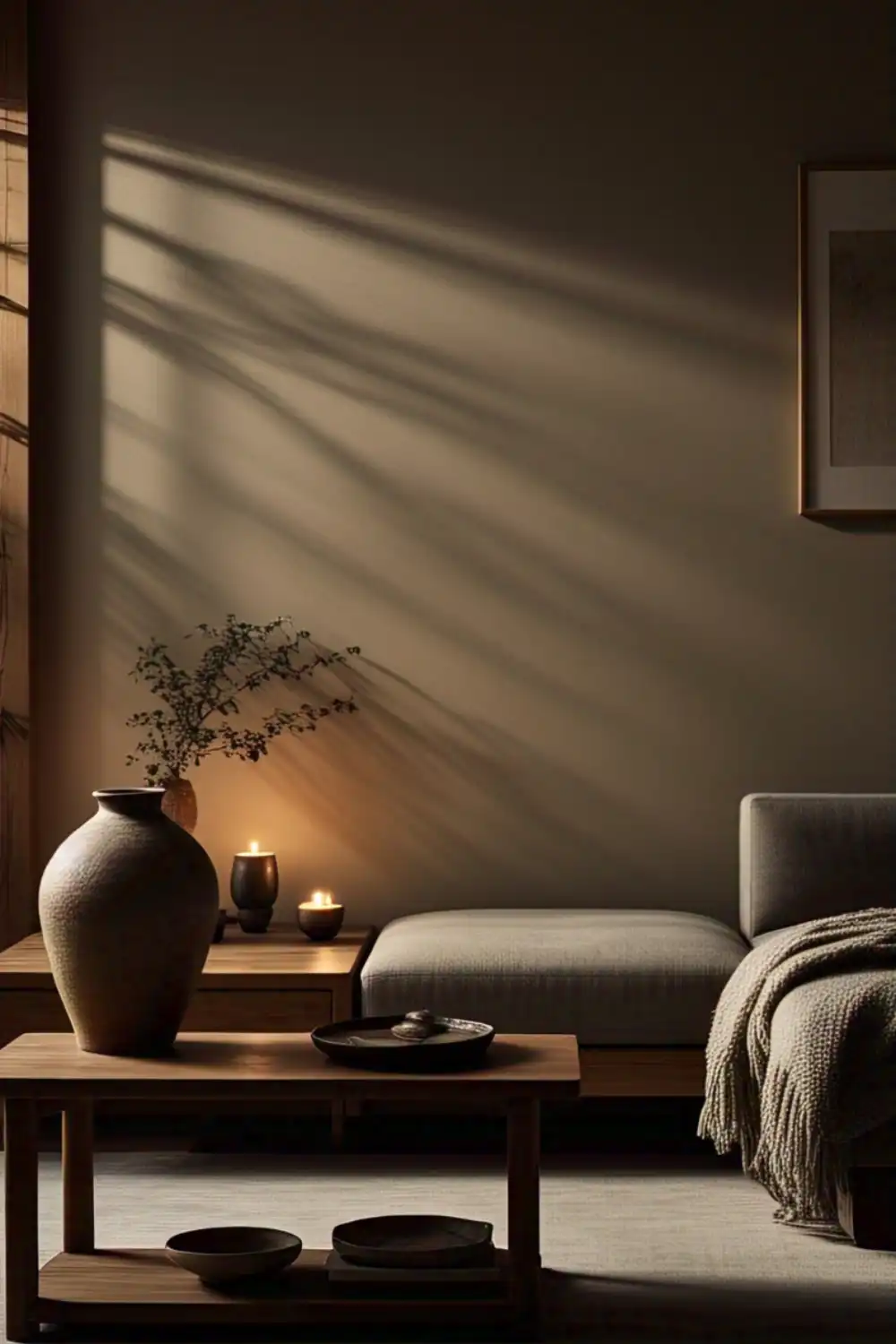
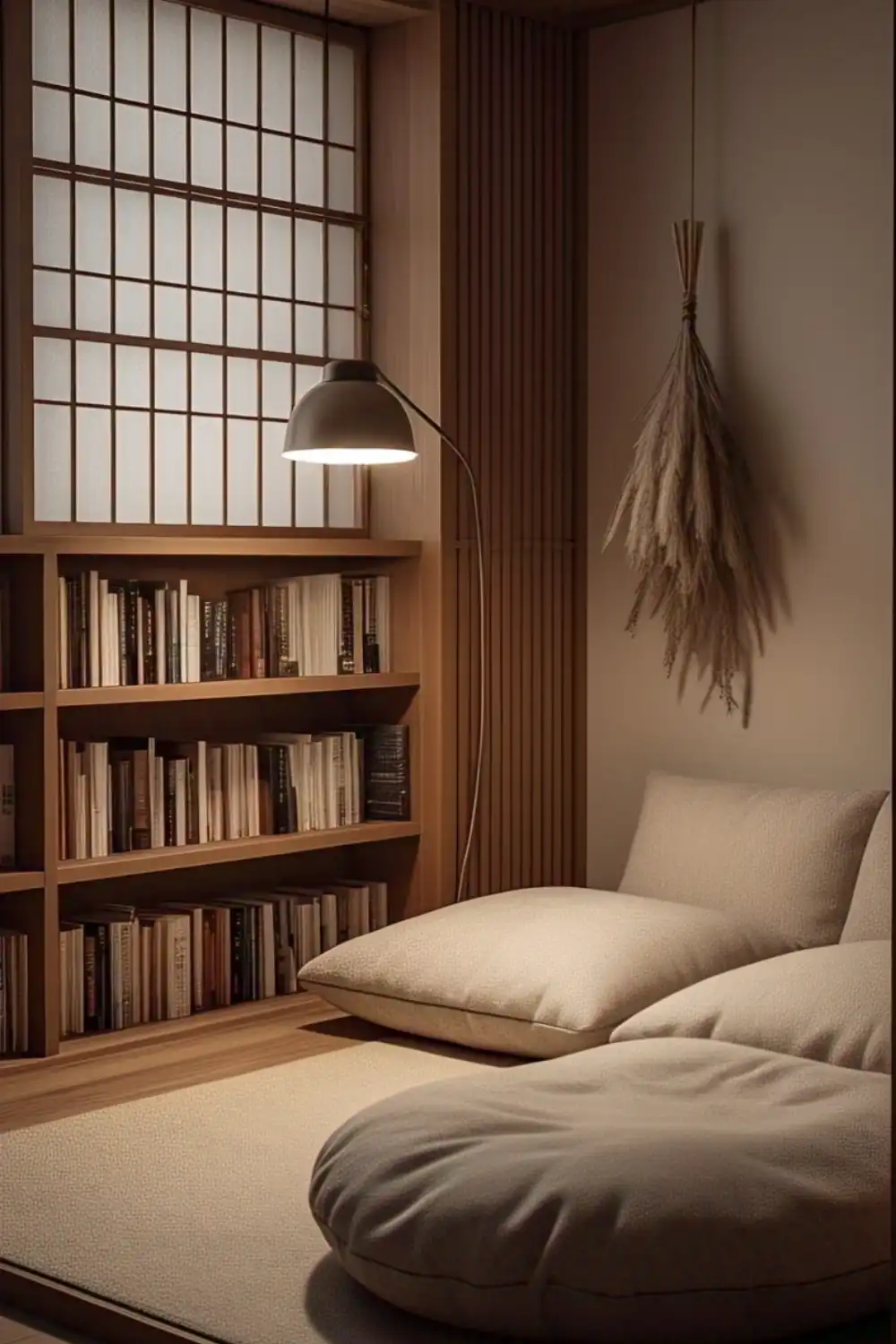

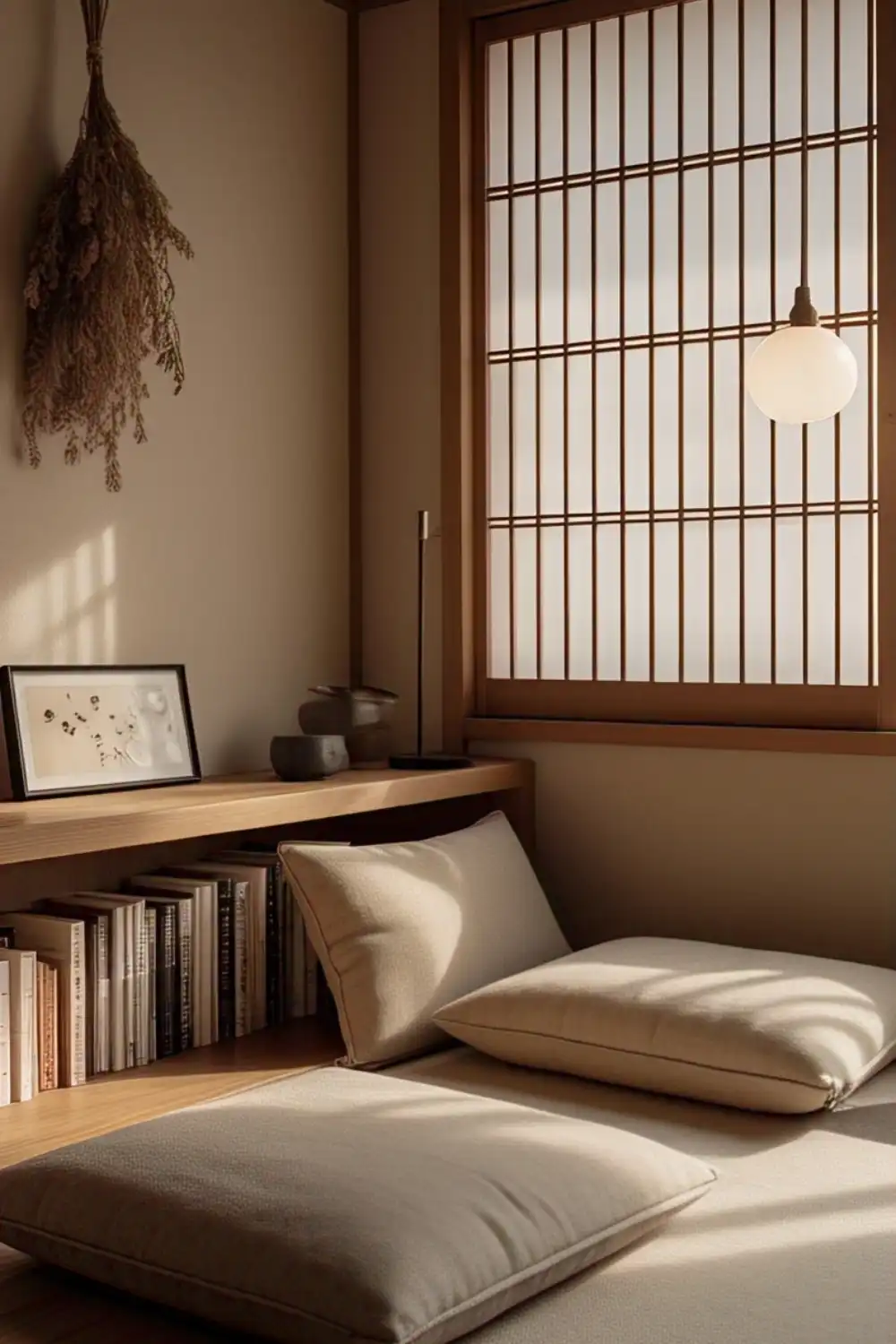
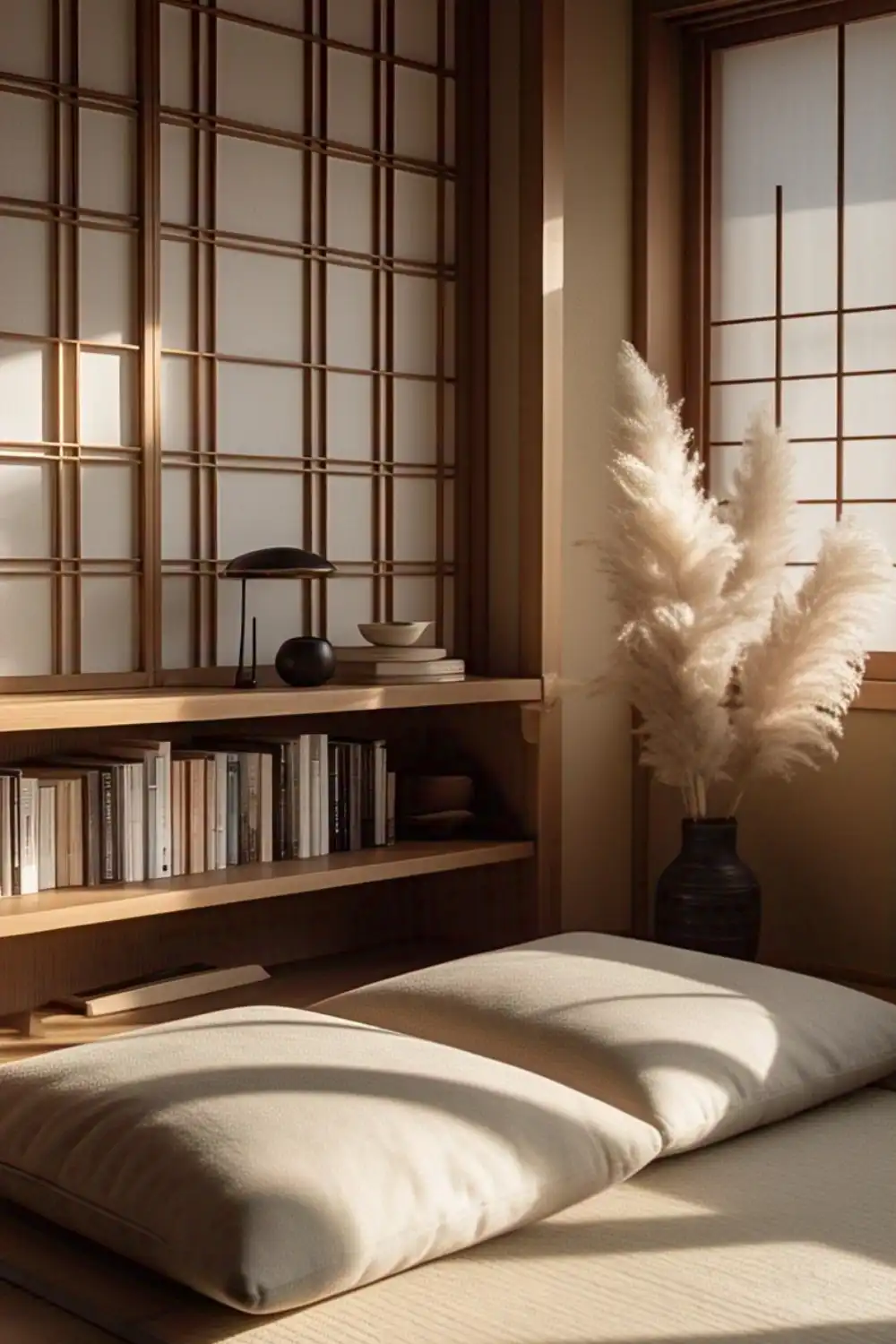
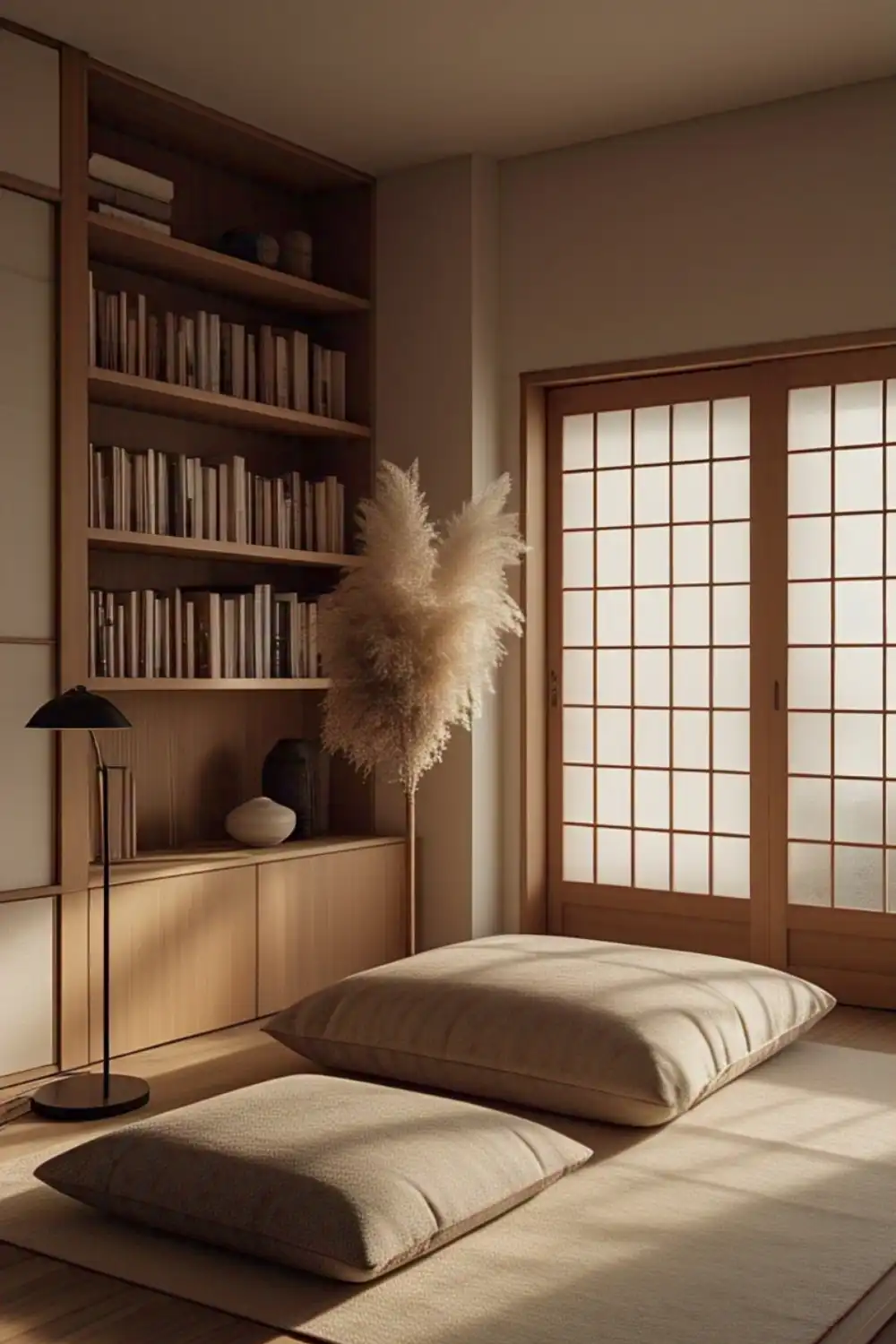
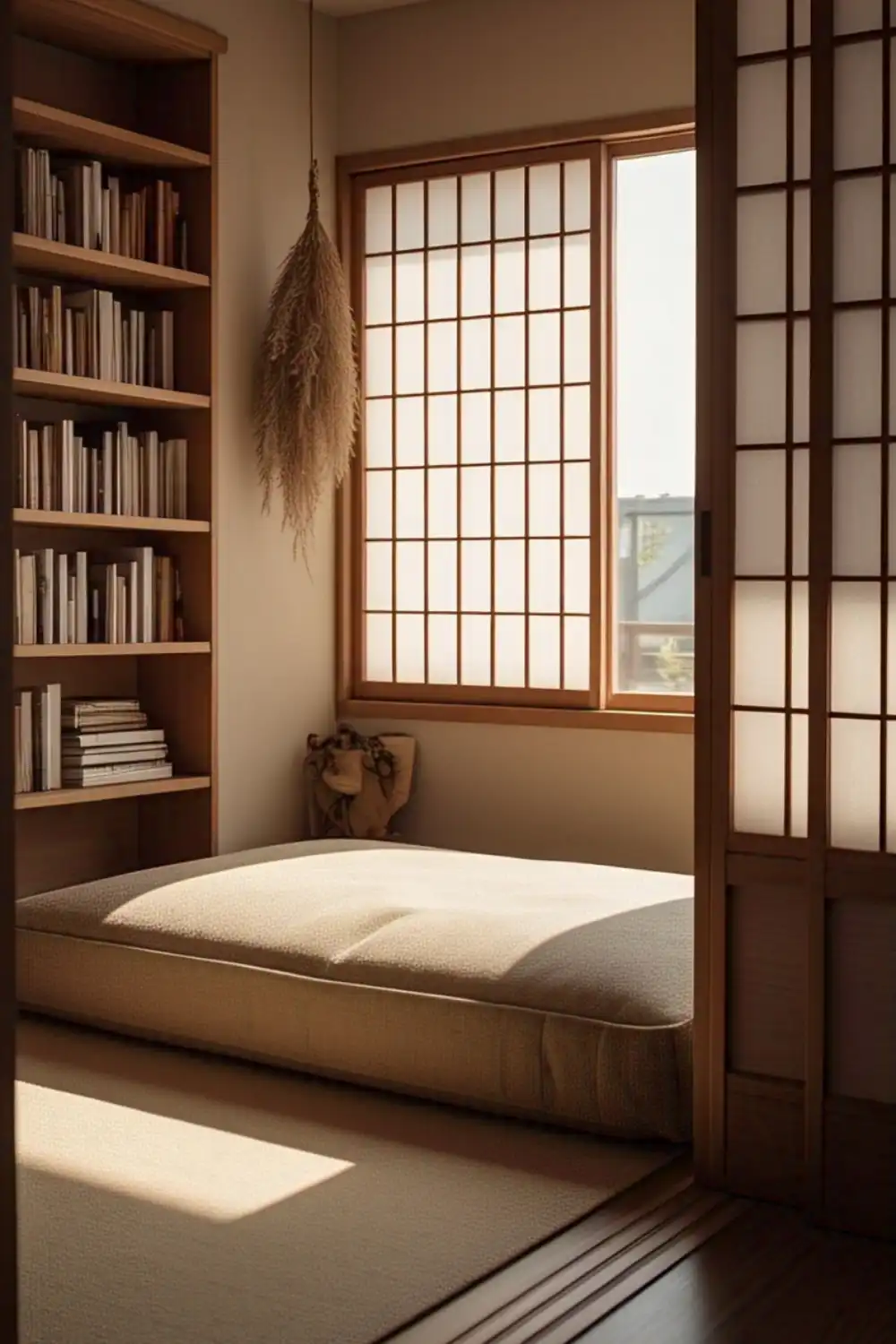
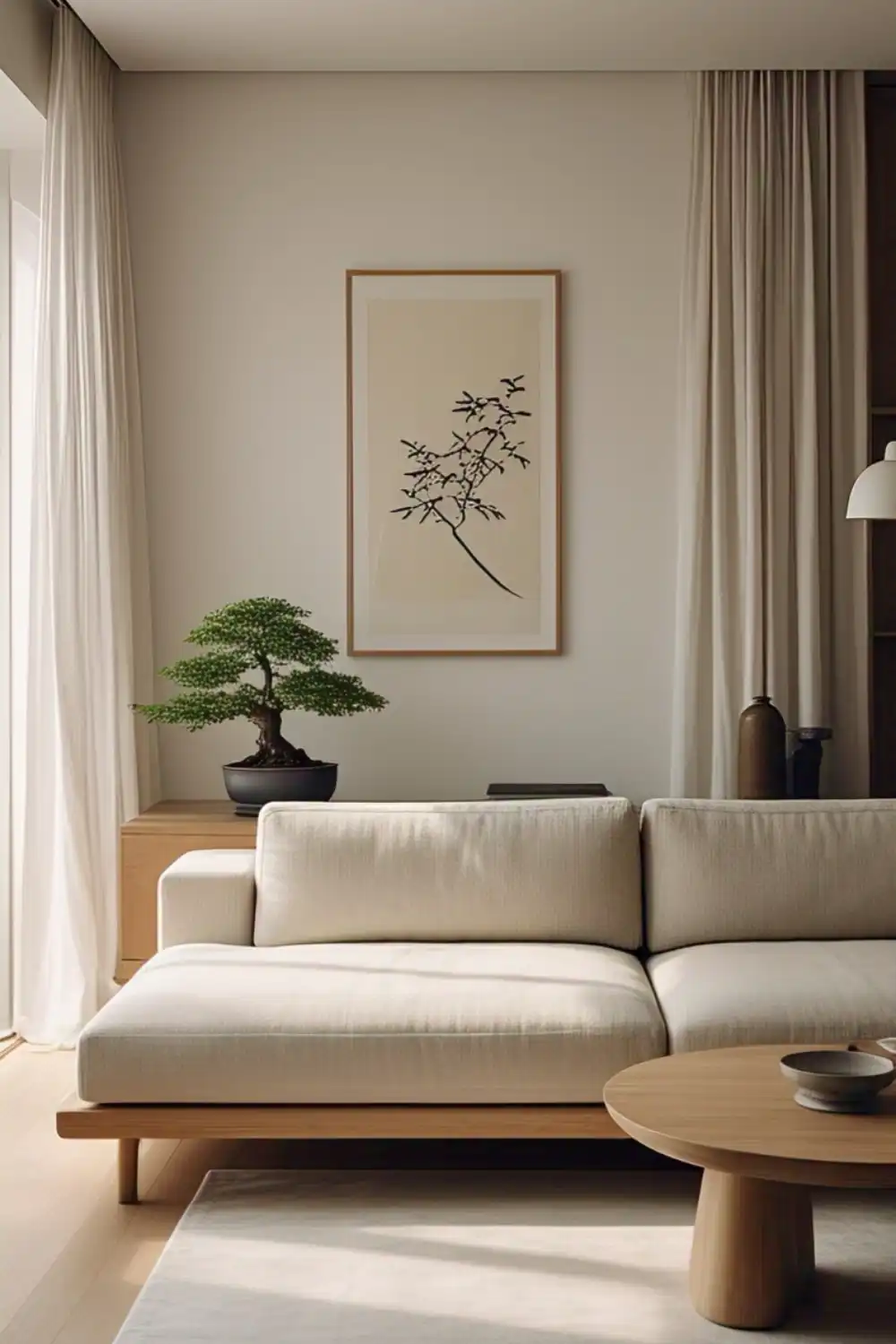
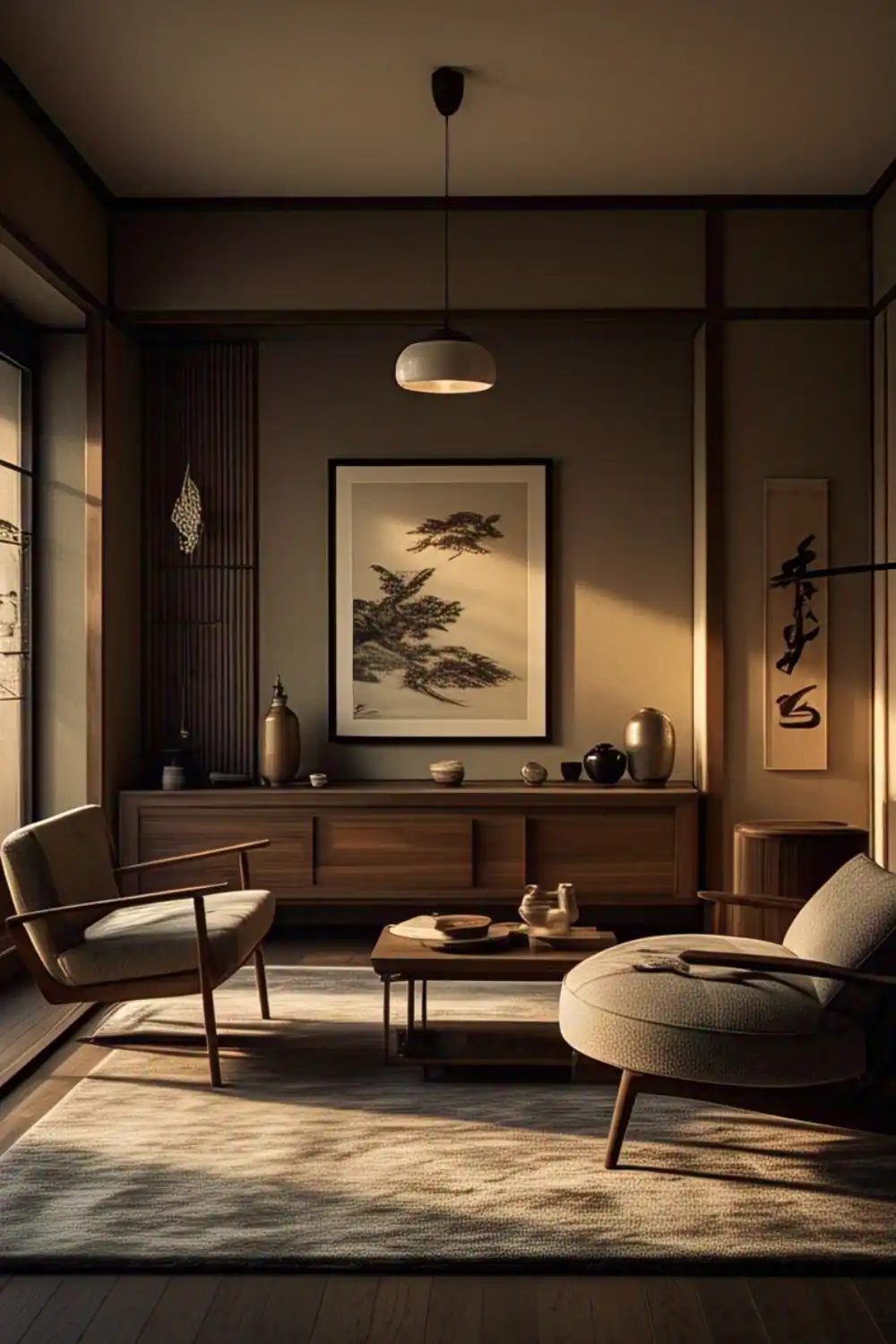
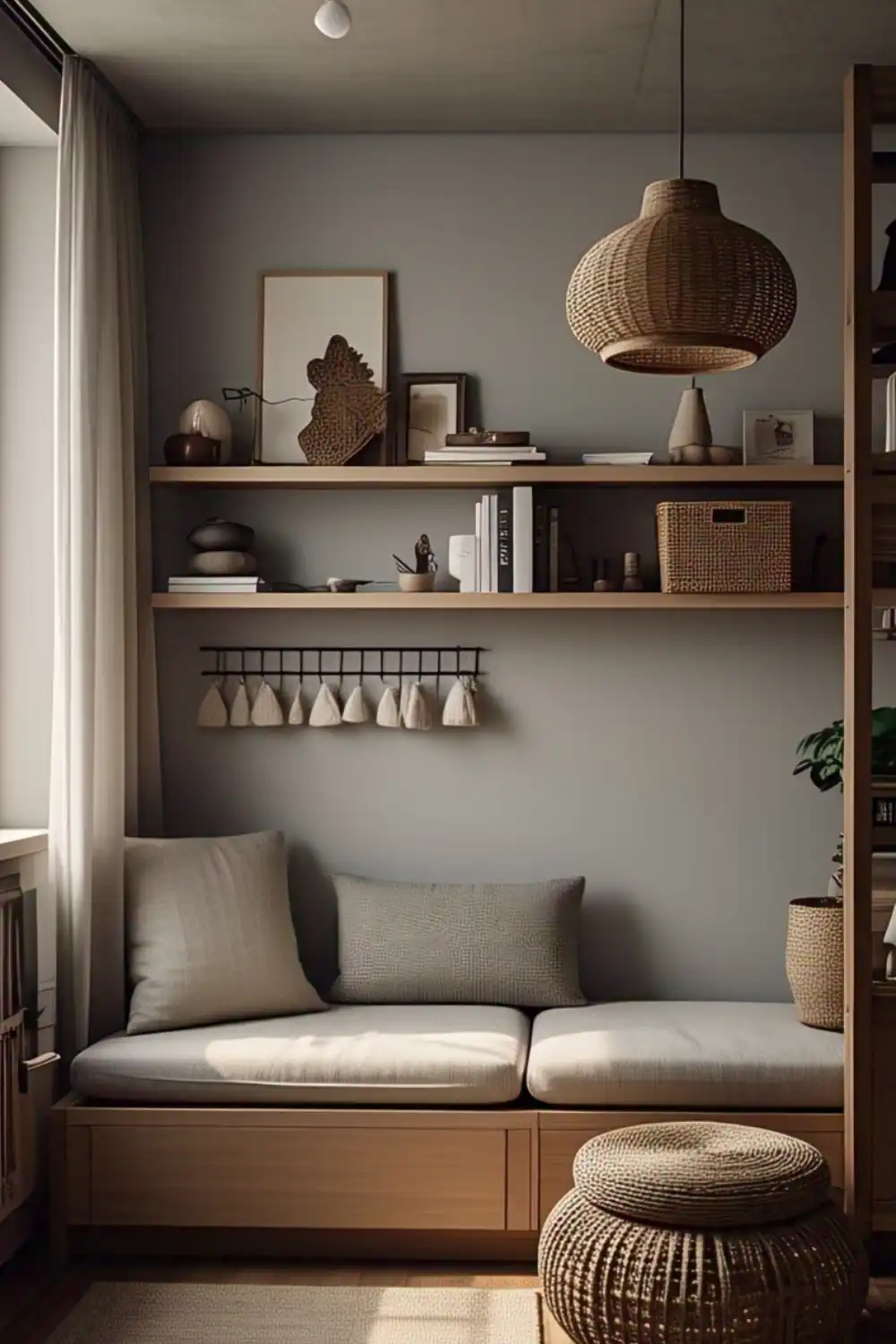
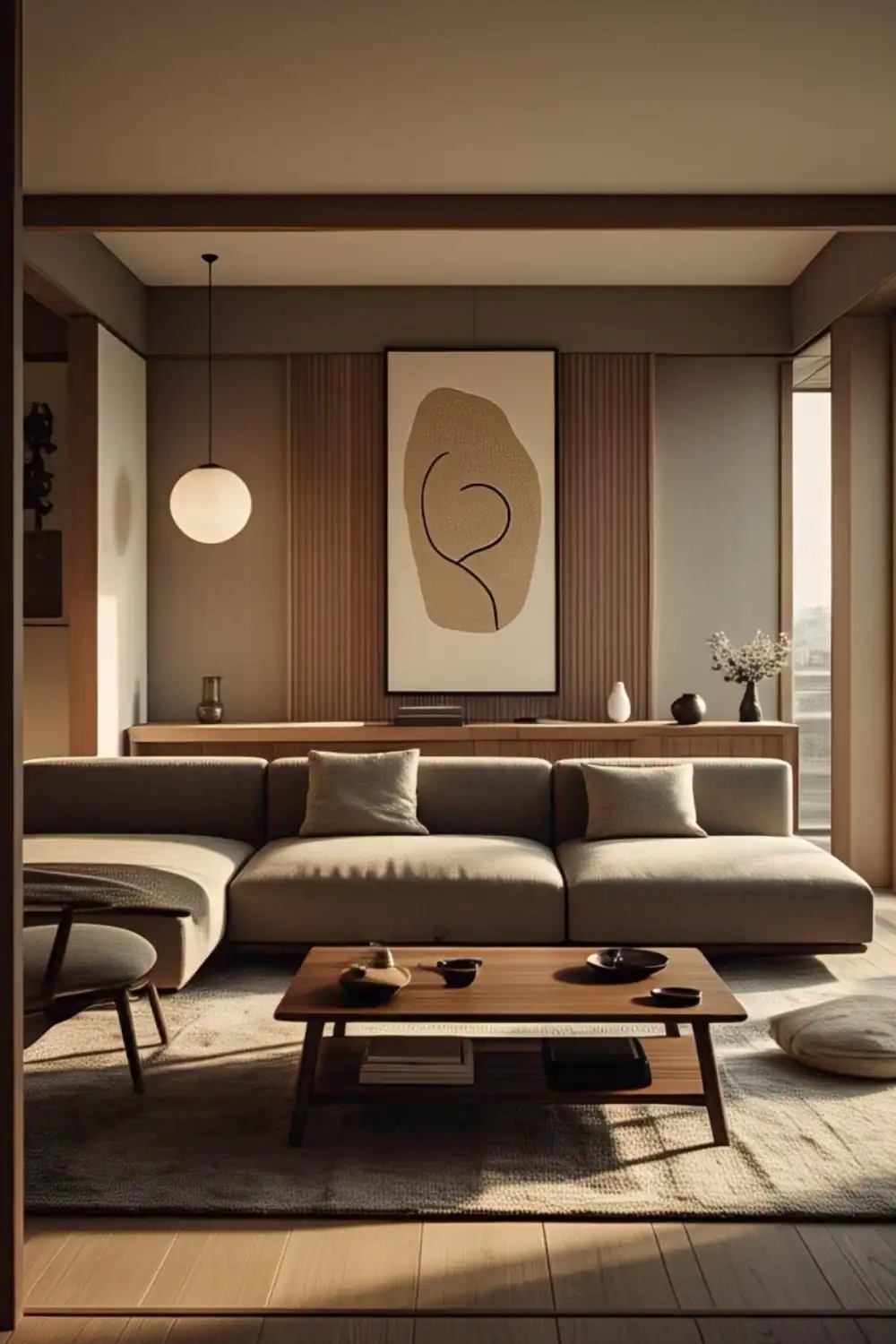
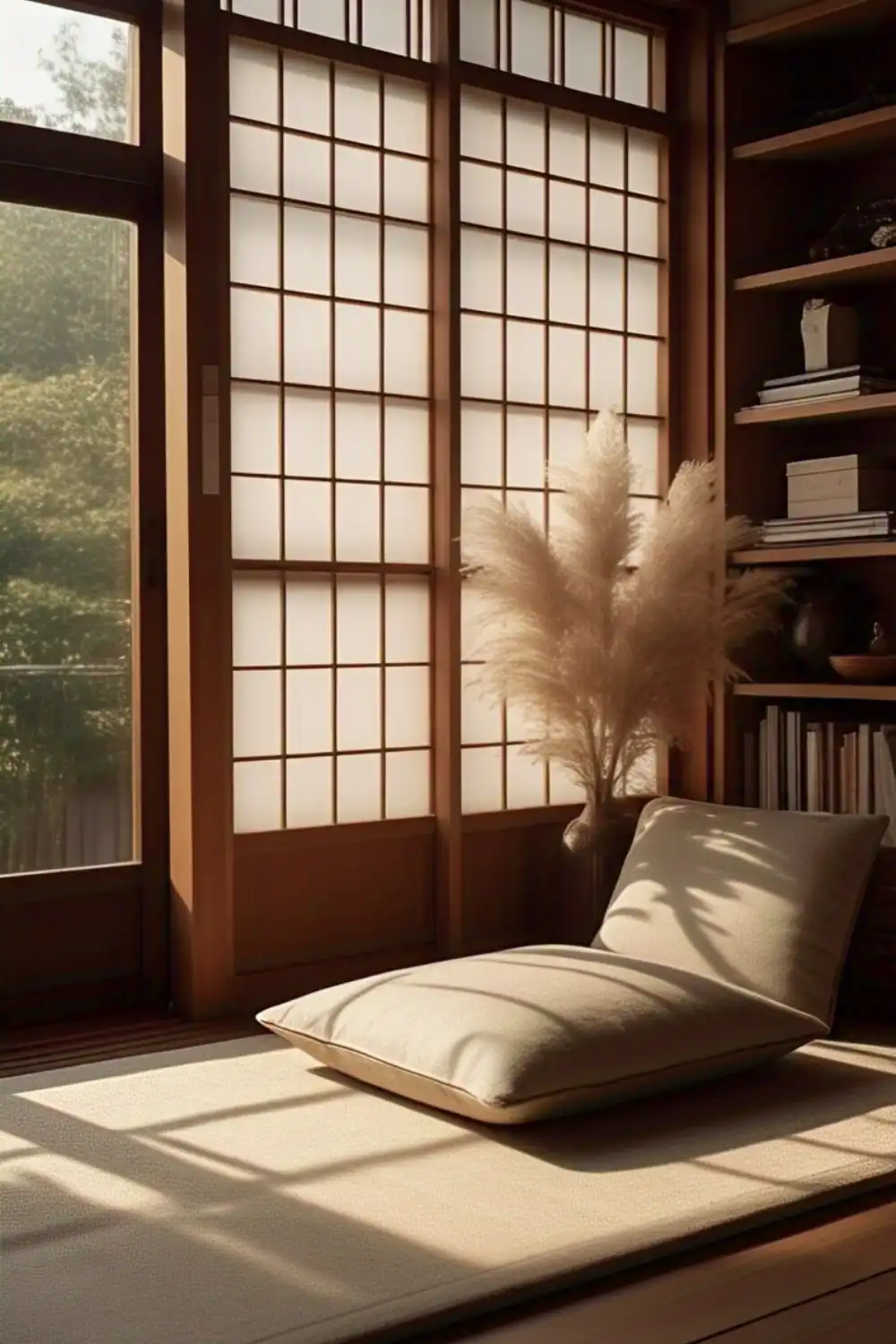
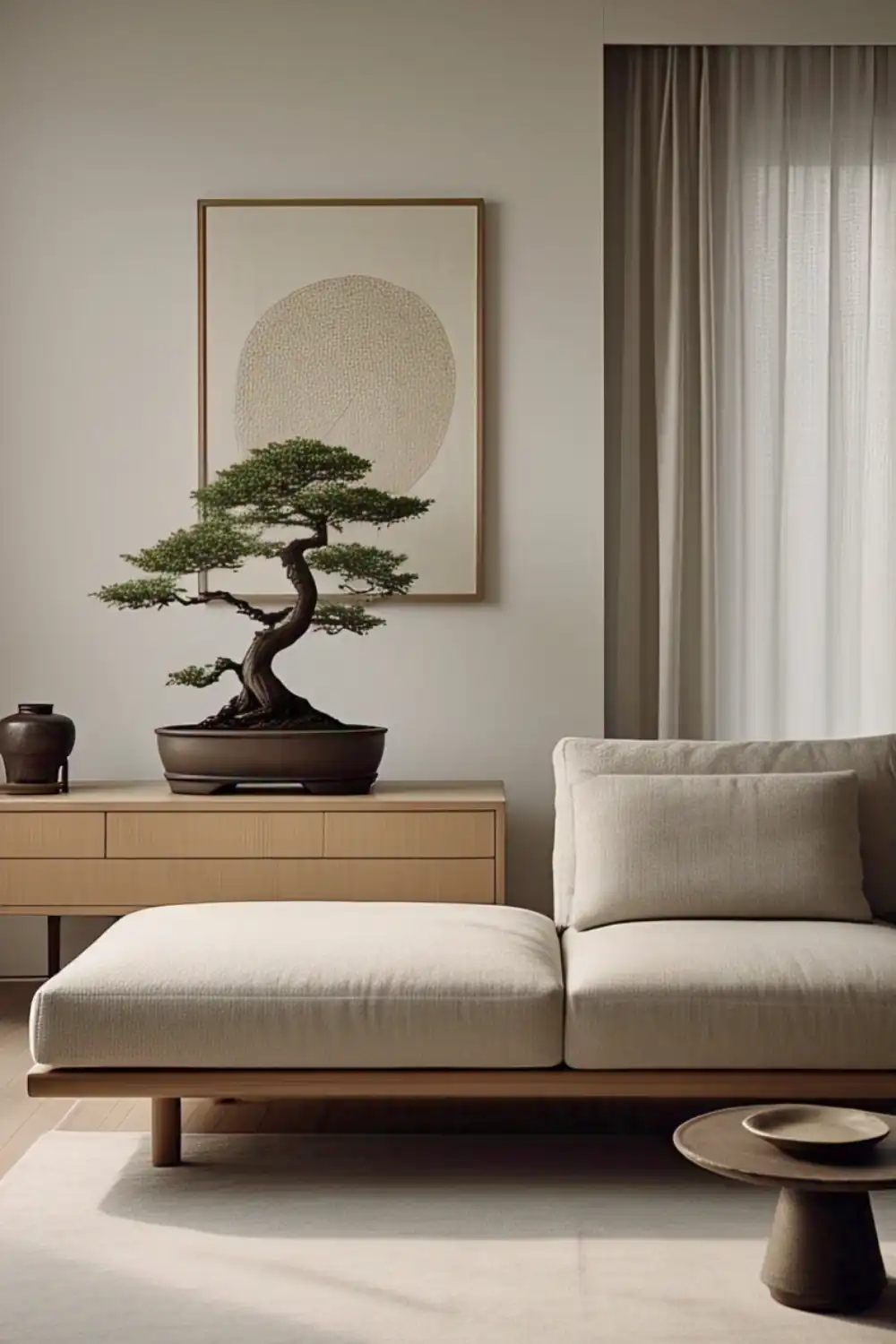
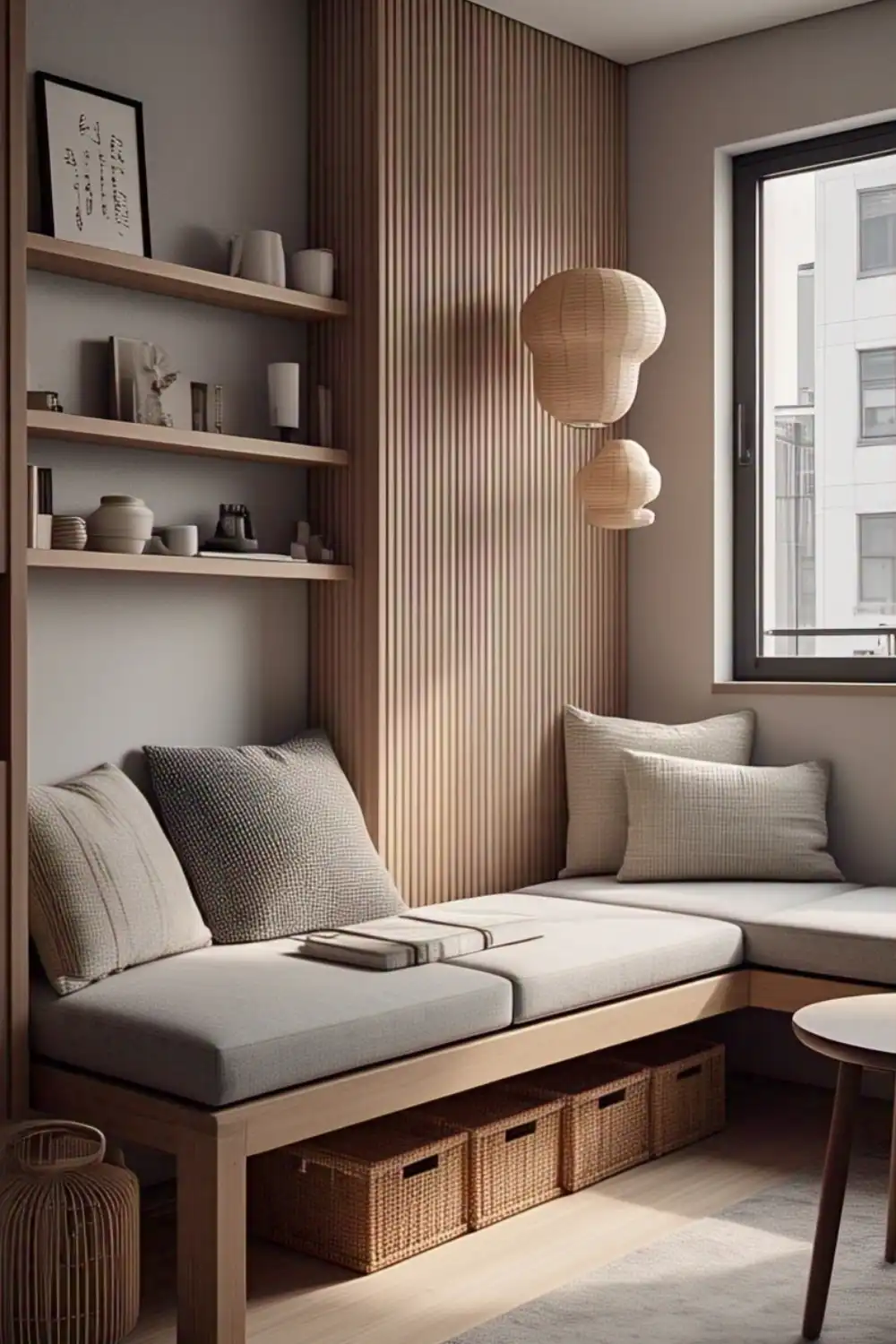
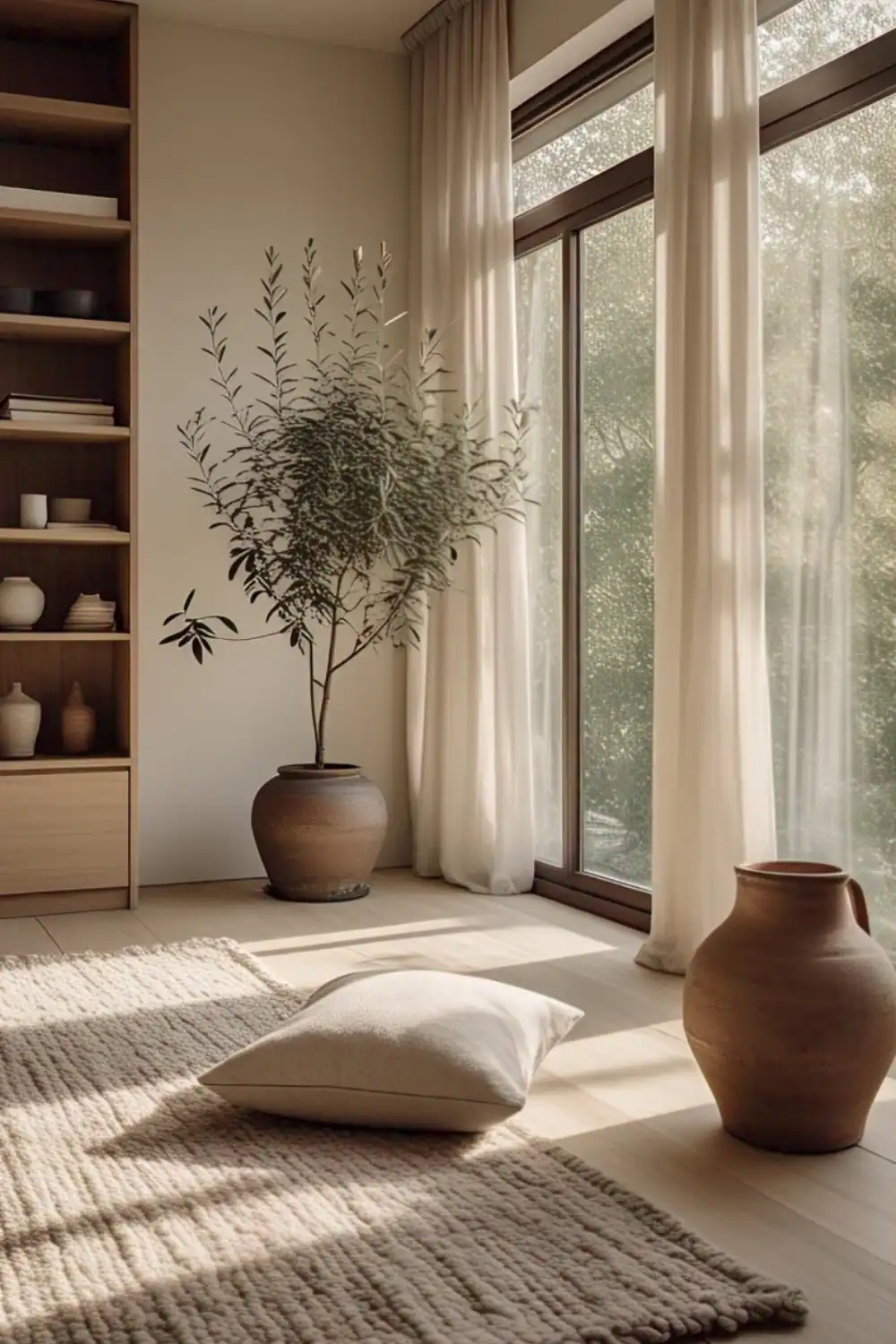


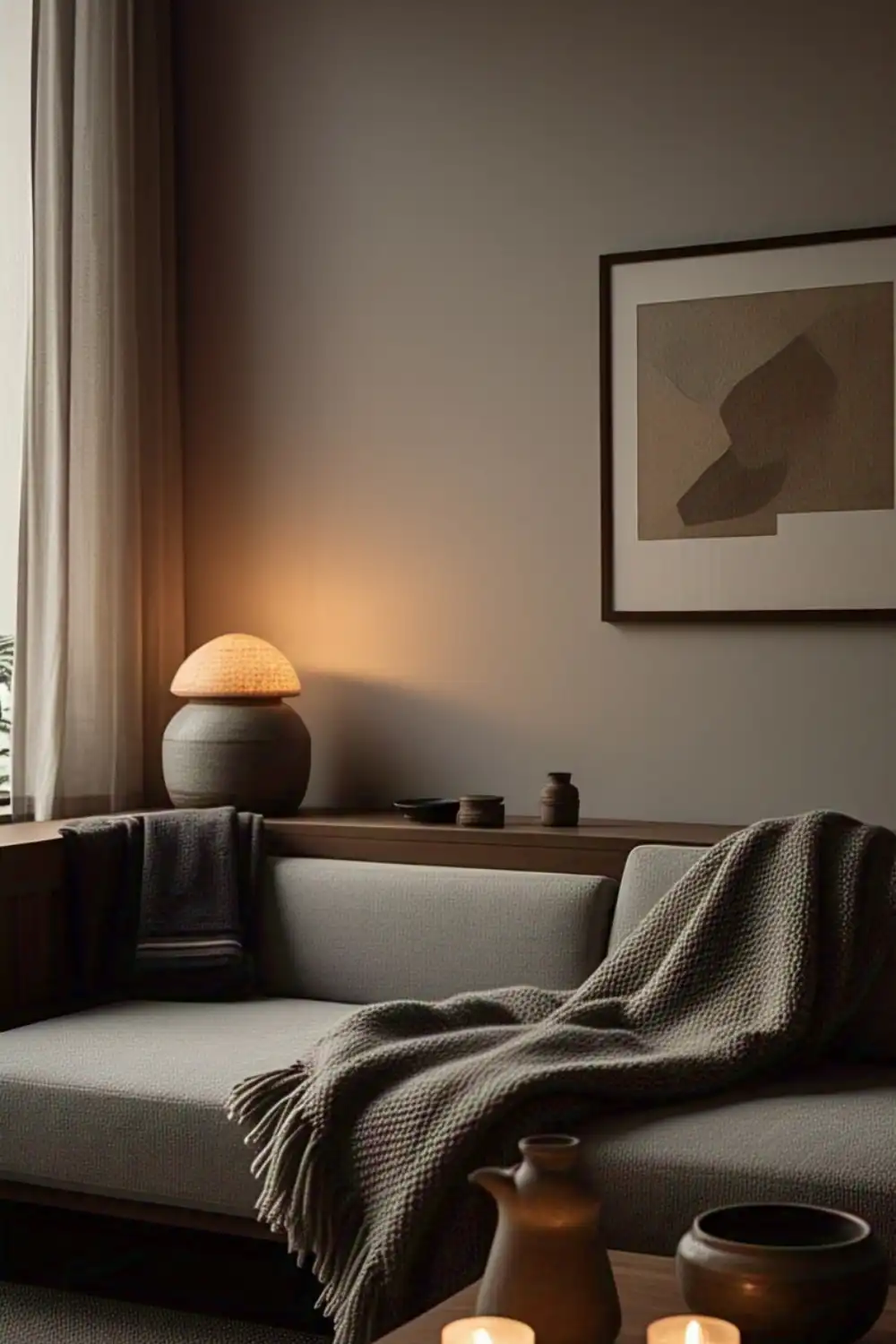

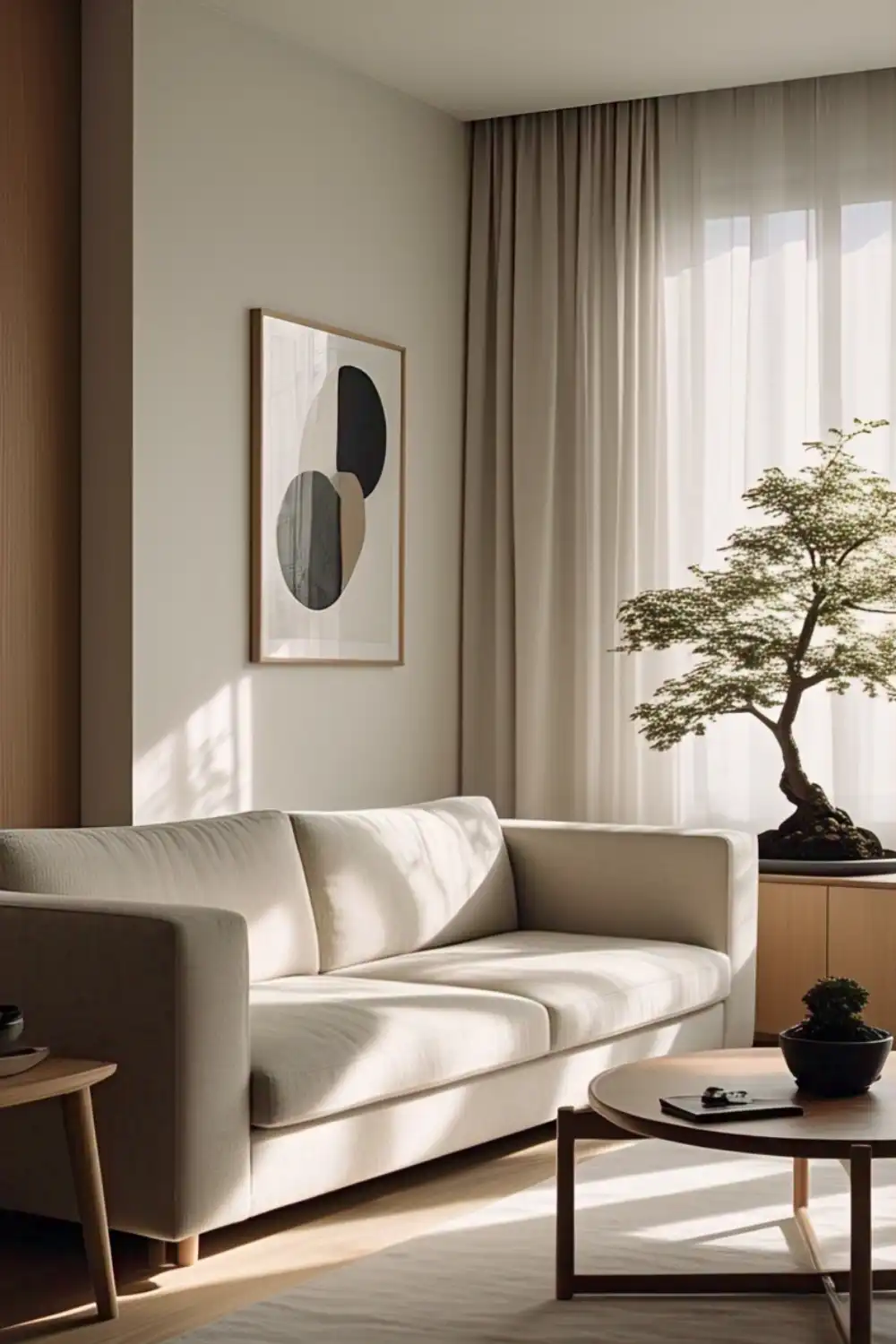

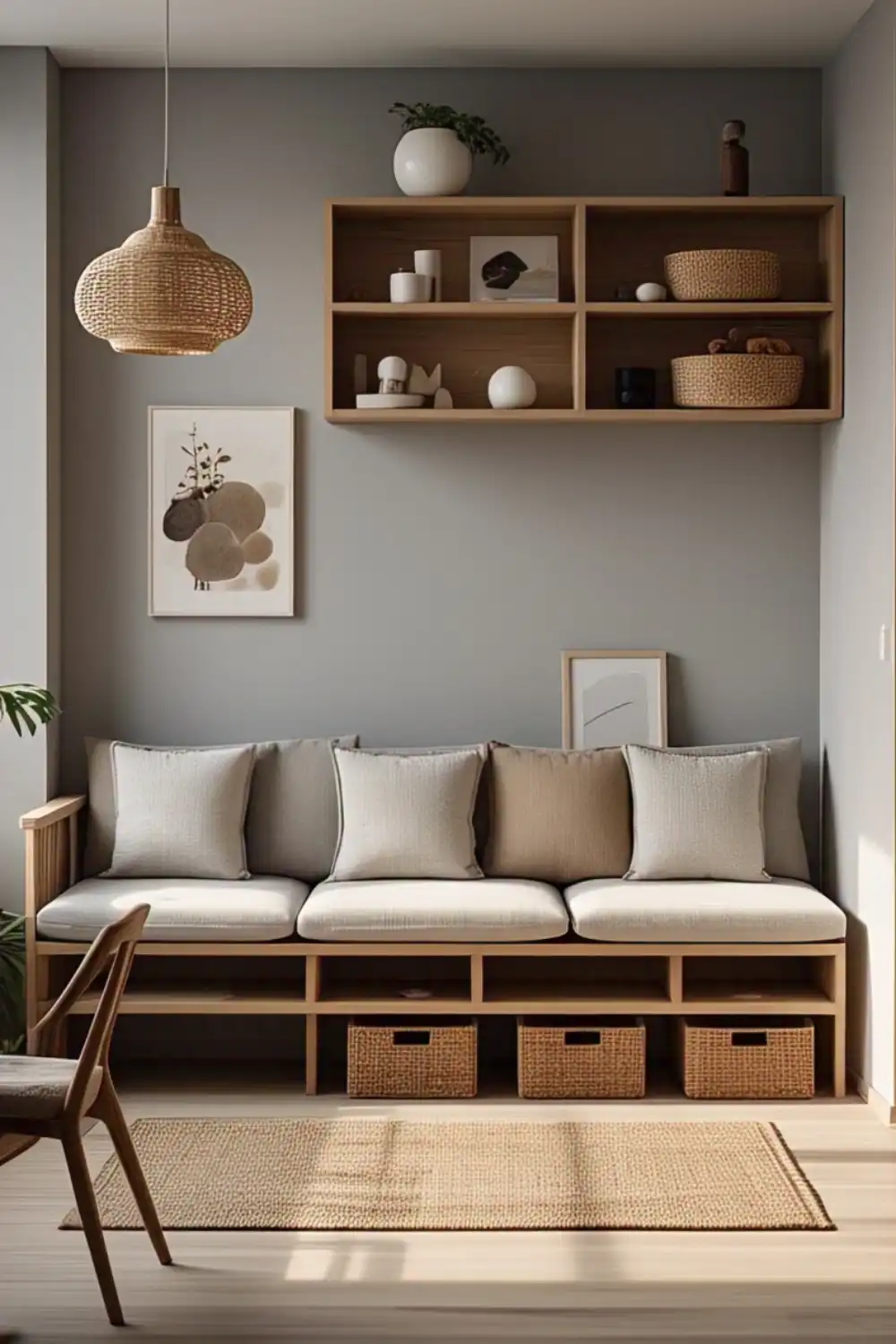
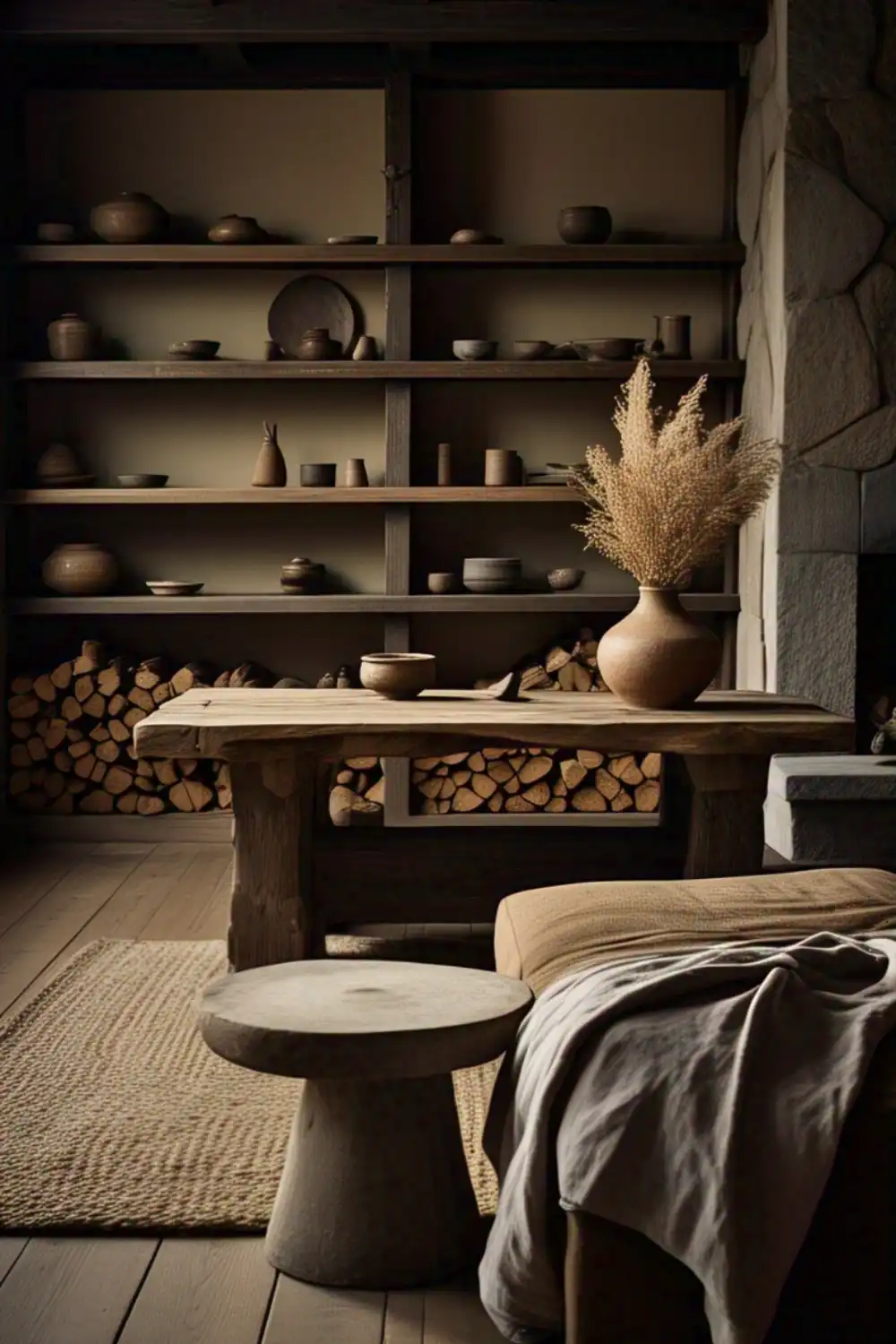

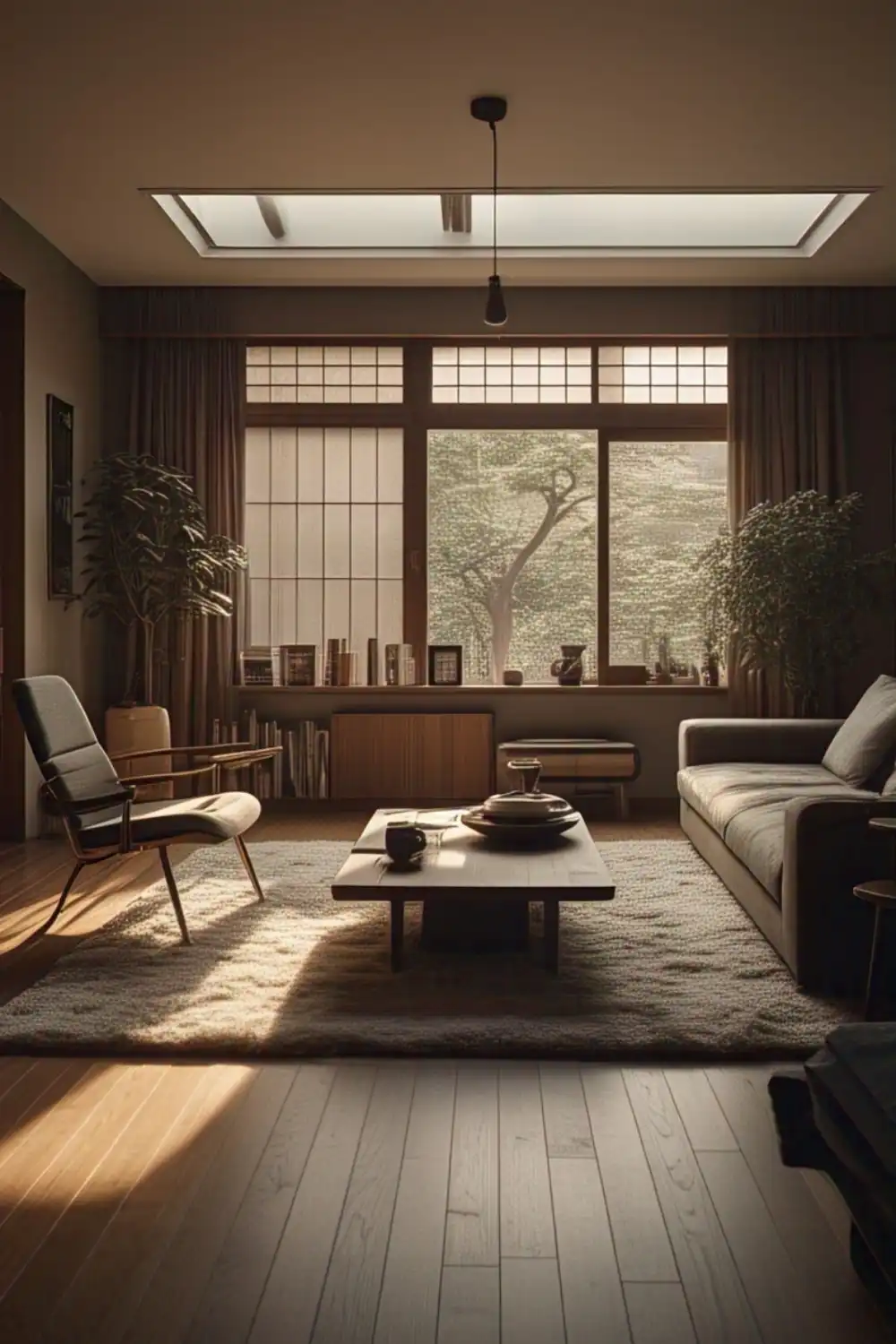
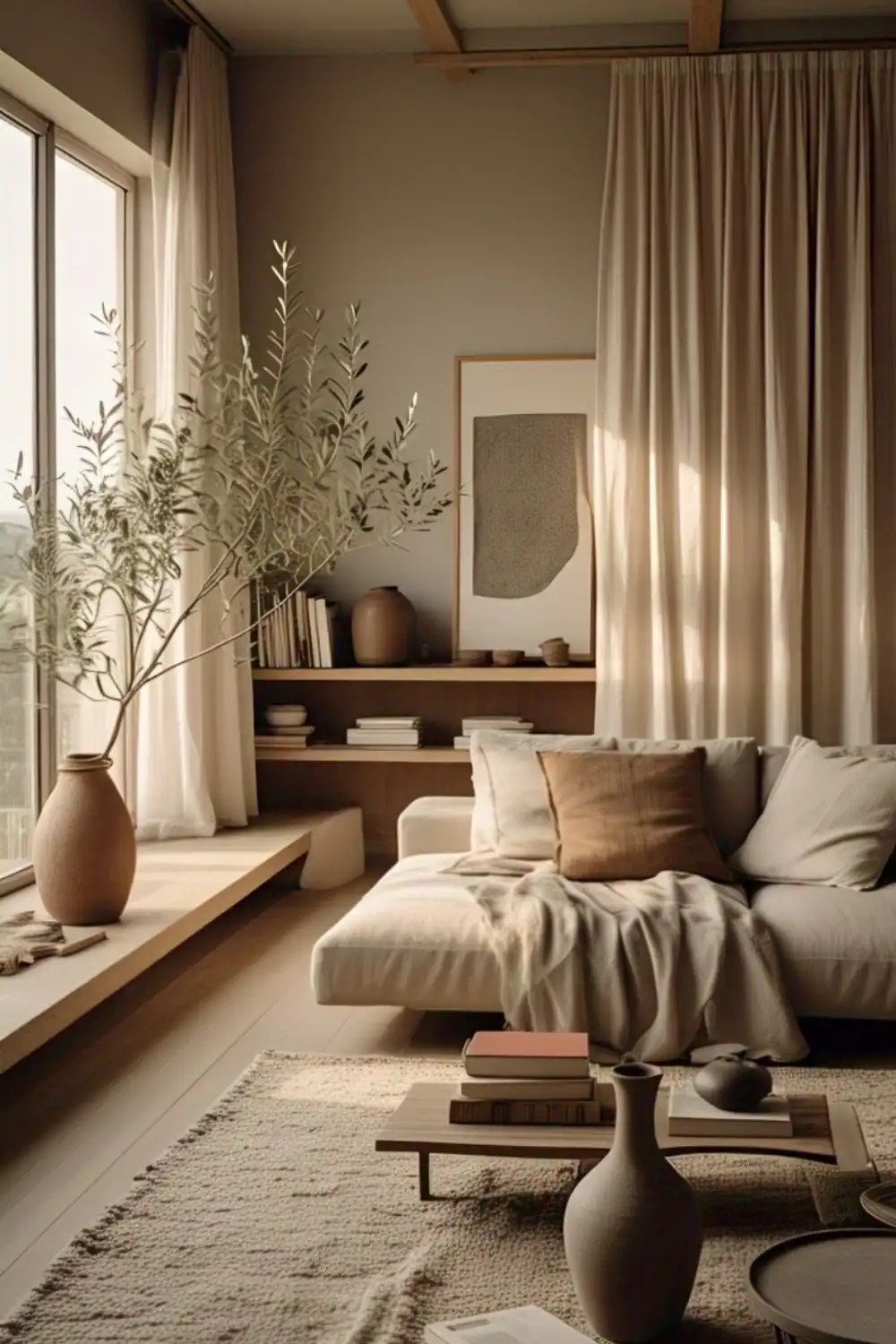
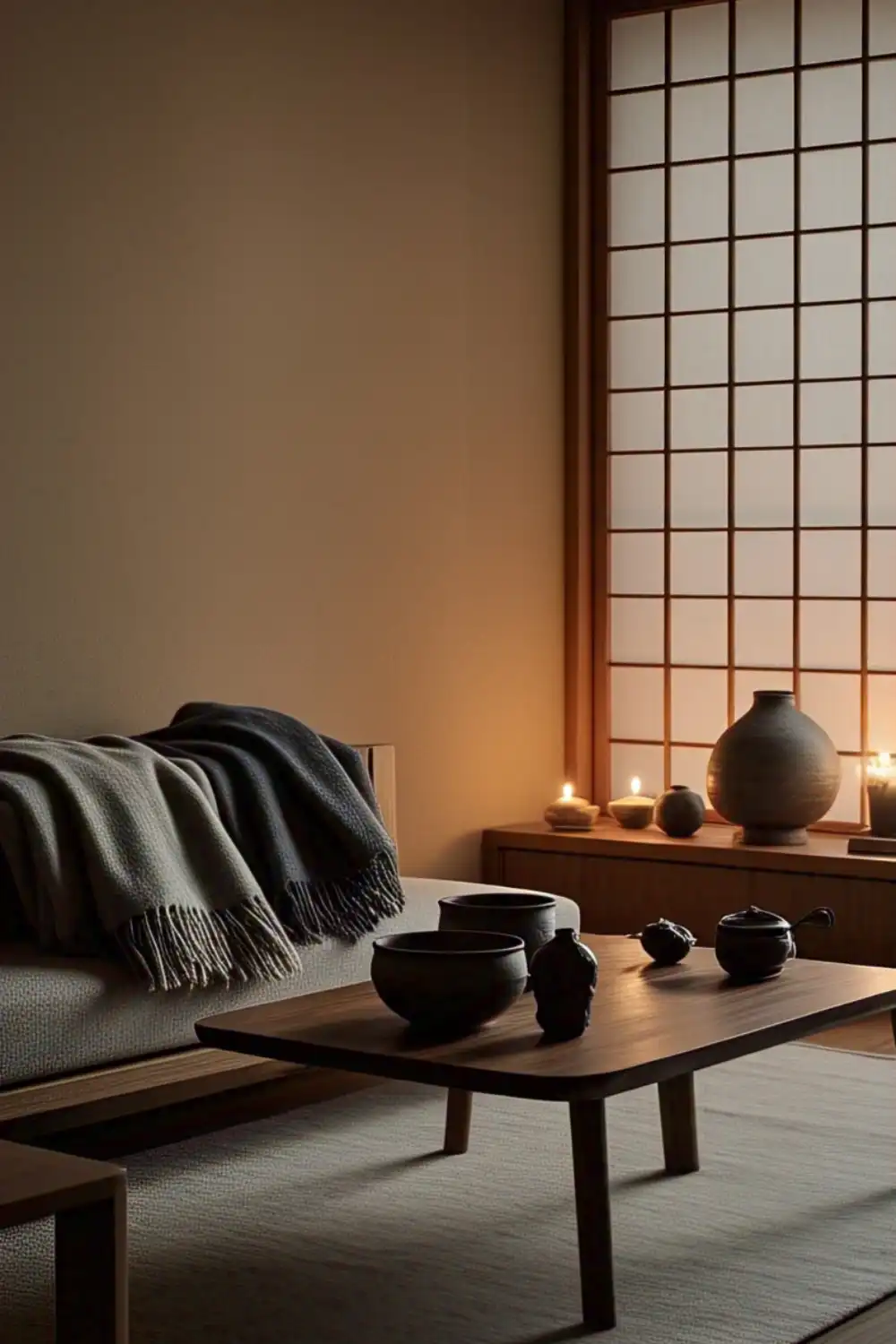

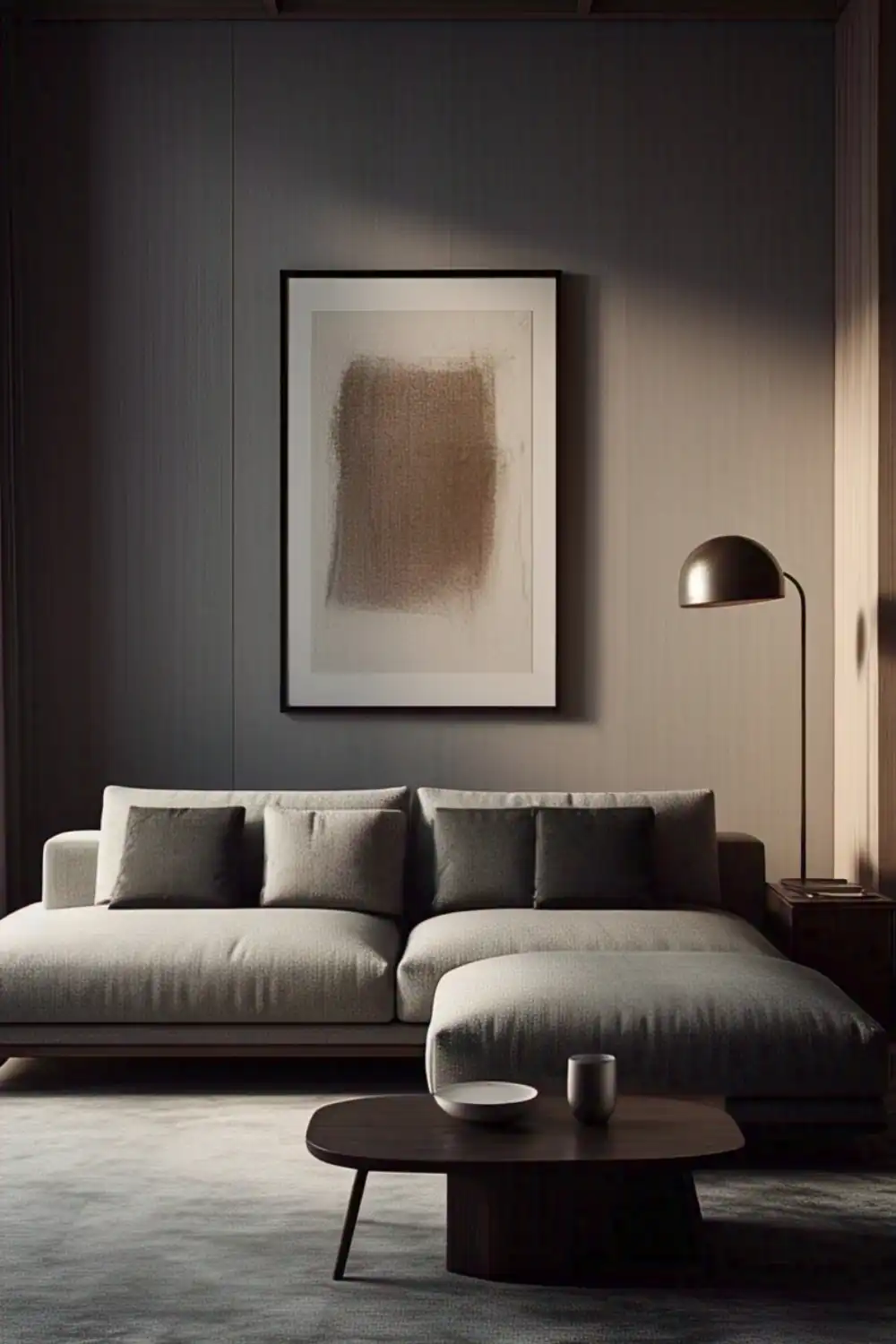
Key Takeaways
- Japandi blends Japanese and Scandinavian design for minimal, cozy elegance.
- Neutral tones, natural textures, and open spaces are essential.
- Prioritize function, simplicity, and sustainability in every choice.
- Thoughtful furniture and sensory details enhance the overall calm.
- Minimalism isn’t emptiness; it’s space with intention.
Understanding the Japandi Concept
At its core, Japandi is a fusion of two design philosophies with deeply rooted cultural values:
- Japanese design is inspired by wabi-sabi, which honors imperfection, transience, and natural beauty. It encourages restraint and mindfulness in how spaces are used.
- Scandinavian design promotes hygge, a concept centered around coziness, comfort, and simplicity.
Combining these leads to a style that’s minimal yet inviting, sophisticated yet down-to-earth. It’s not just a look—it’s a way of living mindfully and intentionally.
Essential Elements of Japandi Design
This section introduces readers to the foundational components of a Japandi space:
Neutral, Earthy Color Palettes
Color affects mood profoundly. Japandi uses muted, calming tones—beige, off-white, stone gray, and muted greens or blues—creating serenity and depth without distraction.
Natural and Sustainable Materials
Materials such as solid wood, linen, rattan, bamboo, and ceramics are favored not only for their aesthetics but also for their tactile, grounding quality. Sustainability is also a central value; Japandi promotes eco-conscious choices.
Minimalist Layouts
Clutter is the enemy of peace. Japandi layouts are clean and open, avoiding overcrowding. The design encourages negative space—letting the room “breathe” while improving flow and reducing visual stress.
Low-Profile Furniture
Furniture is often low to the ground, inspired by traditional Japanese tatami-style seating. Simple lines, thin legs, and subdued silhouettes reinforce a grounded, calm feeling.
Tips to Achieve Minimalist Tranquility
This section gives practical strategies to help homeowners apply Japandi principles effectively:
1. Declutter with Intention
Don’t just tidy up—curate. Keep only items that serve a purpose or spark peace. Removing excess allows beauty to shine through and makes space more livable.
2. Establish a Harmonious Color Base
Select one or two neutral base colors, then layer in complementary shades. For instance, beige walls with walnut wood furniture and cream textiles form a tranquil harmony.
3. Marry Form with Function
Furniture should be multi-functional and ergonomic. For example, a sleek bench with hidden storage or a side table that doubles as a laptop stand.
4. Layer Textures, Not Objects
Rather than cluttering a space with décor, use textural contrast to add depth: soft wool throws, linen cushions, woven rugs, or matte ceramics.
5. Embrace Natural Light
Sunlight enhances everything in a Japandi room. Use sheer curtains, avoid blocking windows, and place mirrors strategically to amplify natural light.
Japandi-Inspired Furniture Selection
This section guides readers on choosing furniture that fits the Japandi style:
The Sofa
Go for a low-profile sofa in neutral upholstery like linen, cotton, or boucle. Look for wooden legs and minimalist forms—nothing overstuffed or too ornate.
Coffee & Side Tables
Choose organic forms, such as rounded wood tables, to balance straight architectural lines. Surfaces should be simple, unpolished, and practical.
Shelving & Storage
Shelves and consoles should be discreet. Use open shelves to showcase select items or closed cabinetry in wood for hidden storage.
Accent Seating
Include Scandi-style chairs with simple lines or tatami floor cushions for a Japanese touch. Keep extra seating low, lightweight, and natural.
Curating a Clutter-Free Japandi Space
Clutter management is a pillar of Japandi philosophy. This section provides advanced techniques:
1. Embrace Hidden Storage
Storage doesn’t have to be visible to be functional. Choose furniture with concealed compartments or use elegant baskets and boxes to contain loose items.
2. Display Less, But Better
A single handmade vase or ceramic bowl has more impact than ten mass-produced trinkets. Display with intention and breathing room.
3. Follow the One-In-One-Out Rule
Every new item should replace an old one. This keeps the balance and prevents slow creep of clutter.
How Lighting Shapes Tranquility
Lighting in Japandi is about softness, not brightness. Use layered lighting: overhead pendant, side lamp, floor lamp — all with warm tones.
Avoid cold white light. Stick to bulbs around 2700K for that soft, golden hue.
Bringing Nature Indoors
Japandi loves the outdoors, subtly.
- Add a bonsai tree, rubber plant, or olive tree in a neutral-toned pot.
- Keep arrangements minimal. One large plant beats five small ones.
- Let plants breathe; don’t crowd them with decor.
The Finishing Touches: Bringing Soul into the Space
Scent, Sound, and Serenity
Use essential oils (sandalwood, hinoki, lavender), soft ambient playlists, or a tabletop water fountain to complete the vibe.
Personal Objects with Meaning
A clay cup from your travels. A photo in a driftwood frame. A handmade linen runner. Keep it honest, not ornamental.
Balance & Breathing Room
Resist the urge to fill every shelf. Let negative space speak. Style in odd numbers. Let the room feel lived-in, not staged.
Seasonal Flow
Update with the seasons. A warm wool throw in winter, a bare wooden table in summer. Japandi flows with nature.
Where Beauty Meets Intention
Designing a Japandi living room isn’t about following rigid rules — it’s about tuning into what truly matters. In a world that constantly pushes for more, Japandi quietly invites us to embrace less, but better. It teaches us that beauty lives in balance, in the patina of aged wood, in the space between furniture, and in the silence of a decluttered corner.
By bringing together Japanese restraint and Scandinavian coziness, your space can become more than just a room. It can become a sanctuary — a gentle reminder to slow down, breathe, and reconnect.
So go ahead. Choose the textures that speak to you. Let natural light dance through your windows. Let your living room feel like a pause button in the middle of life’s noise. After all, the best kind of luxury is peace — and Japandi knows that better than most.

